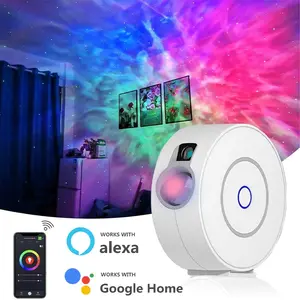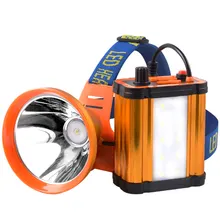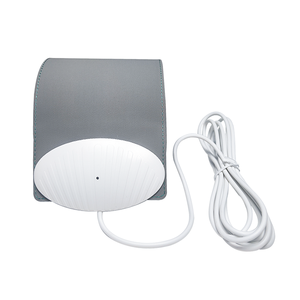Understanding Day Night Light Sensors
Day night light sensors are innovative devices designed to detect ambient light levels, automatically activating or deactivating lighting systems based on the time of day. These sensors are integral to energy-saving strategies and smart home automation, offering convenience and efficiency in various settings.
Types and Materials
The day night sensor market offers a diverse range of options to cater to different preferences and applications. Materials such as ABS, glass, and plastic are commonly used, each providing durability and style. The type of sensor can range from a simple day night switch sensor to a more complex automatic day night light sensor, depending on the level of automation required.
Applications and Features
Day night light sensors are versatile and can be installed in various environments, including bedrooms, living rooms, and hotels. Their applications extend to outdoor settings as well, where a day night sensor for outdoor lights can manage garden or street lighting without manual intervention. Features may include touch, sensor, or switch control, providing users with multiple operation modes to suit their needs.
Advantages of Day and Night Sensors
The use of a day and night light sensor brings numerous advantages, such as reducing energy consumption by ensuring lights are only on when necessary. The day night automatic light sensor switch is particularly beneficial for outdoor lighting, adjusting to changing daylight conditions without the need for manual adjustments.
Innovations in Sensor Technology
Technological advancements have led to the development of sophisticated sensors like the 12 volt day night sensor and the 12v day night sensor switch, which are suitable for low-voltage lighting systems. Solar-powered options, such as the solar light with day night sensor, harness renewable energy, further enhancing the eco-friendliness of these devices.
Choosing the Right Sensor
Selecting the appropriate day night light sensor switch involves considering the specific requirements of the area to be lit, the desired level of automation, and the compatibility with existing lighting systems. While the variety of sensors available can cater to most needs, it is crucial to assess the specifications of each to ensure optimal functionality and efficiency.







































 浙公网安备 33010002000092号
浙公网安备 33010002000092号 浙B2-20120091-4
浙B2-20120091-4